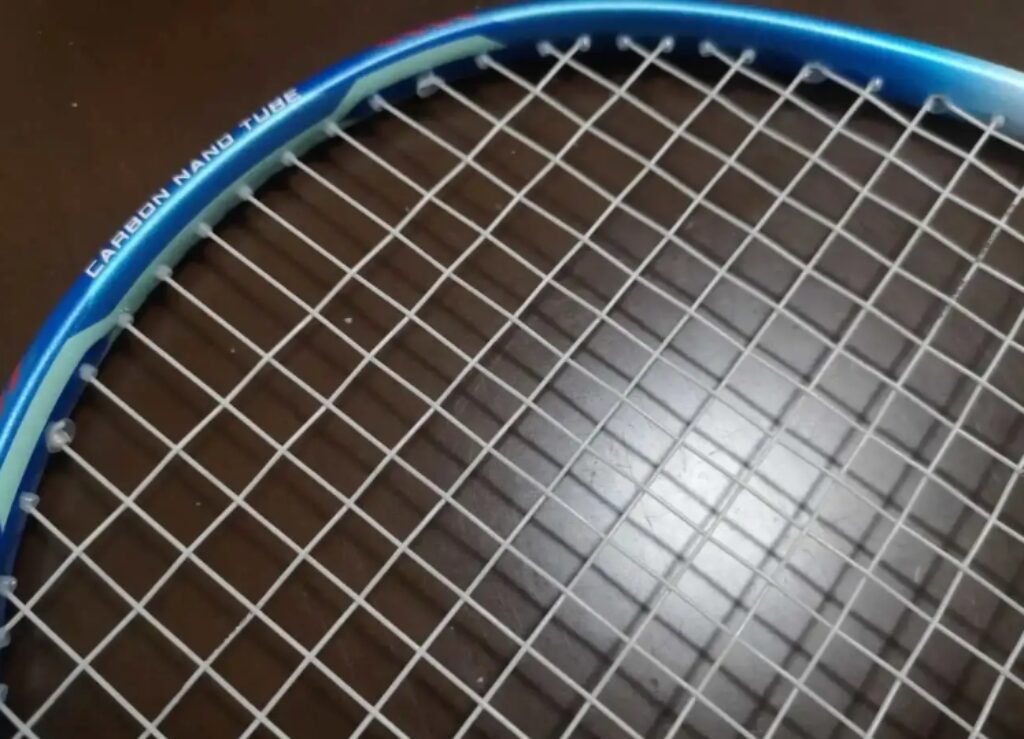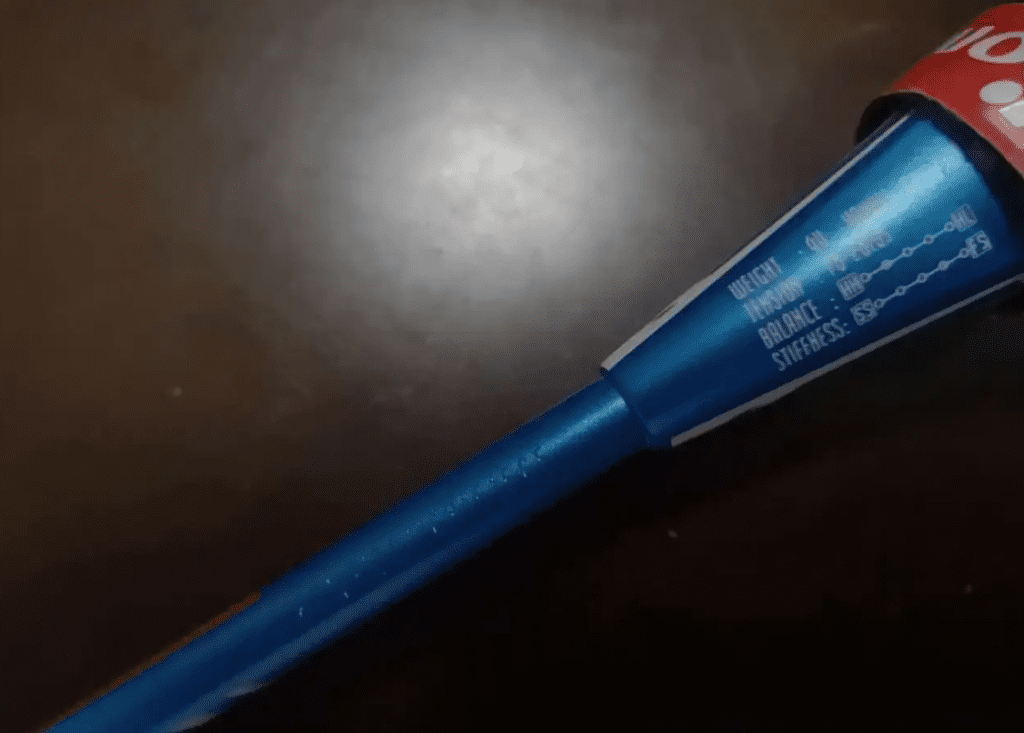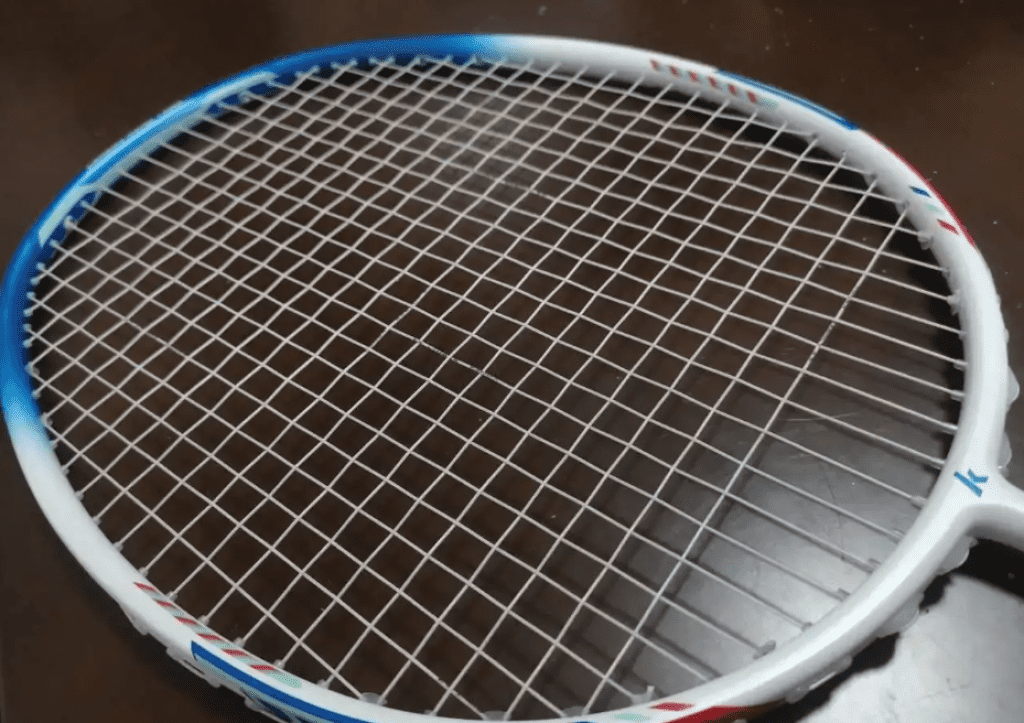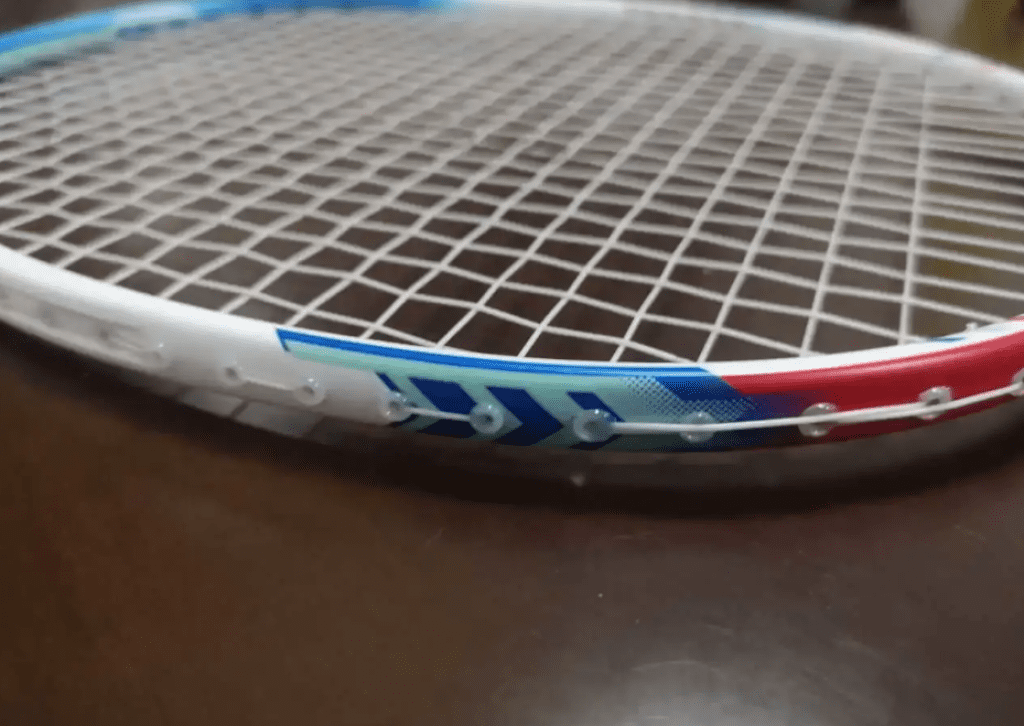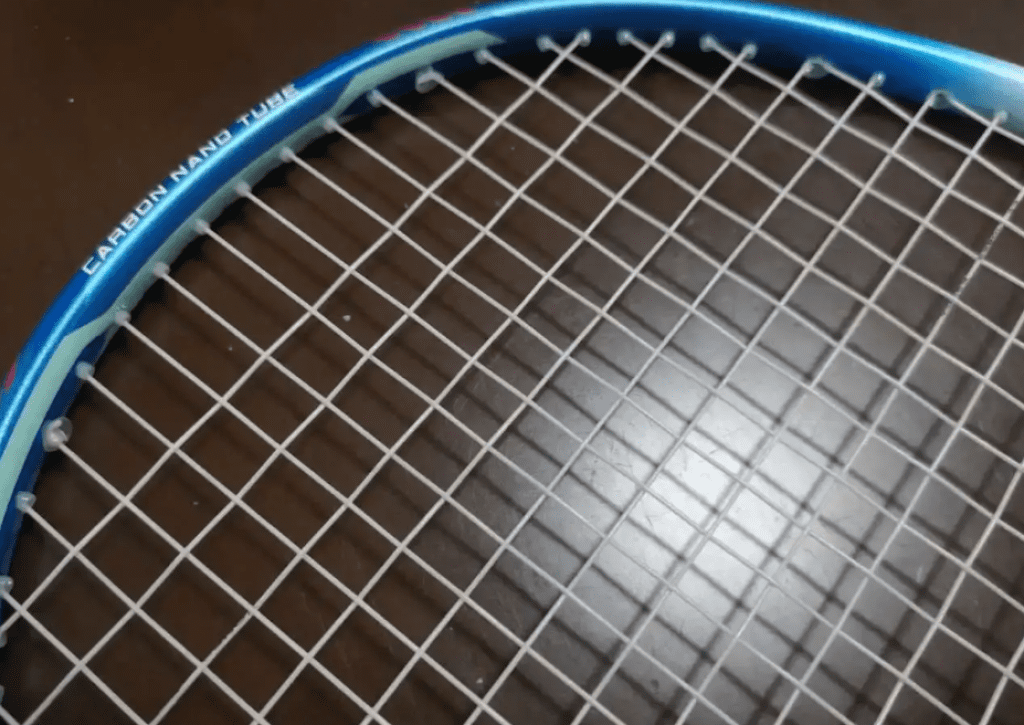This new product was provided by the retailer, but the naming feels a bit off. Kawasaki’s previous rackets typically followed a format of an object plus a number, where the object represented the style of the racket. However, the T160 is named after the “Mao Xiong” strategic bomber… After some inquiry, I discovered they intended to nickname it “White Swan.”
Regardless, this is my first time trying a Kawasaki racket in this segment, so let’s see how it performs.

Parameters: 4U G5, with shrink wrap, total weight 92.9g, balance point 282mm, shaft length 215mm, made from 30T material, moderate to soft stiffness, fluid box frame, 76-hole string bed, 9-3 string grooves, warranty up to 28 lbs, strung at 24-26 lbs with XB63.
The racket comes in two colorways, and I tested the white version. My earlier critique may seem puzzling, so let me clarify: it neither achieves the elegance of a swan nor the imposing presence of a bomber—so why this name? The blue and white paint job gives off a somewhat generic vibe, and the design elements feel sparse. The paint lacks depth and appears rather plain, fitting for a product below the mid-range. I expected more from Kawasaki, as they usually excel in aesthetic design; this racket seems mediocre. I personally think the gray-gold version looks better, but if they spent the time saved on paint to improve performance, I’d wholeheartedly approve.
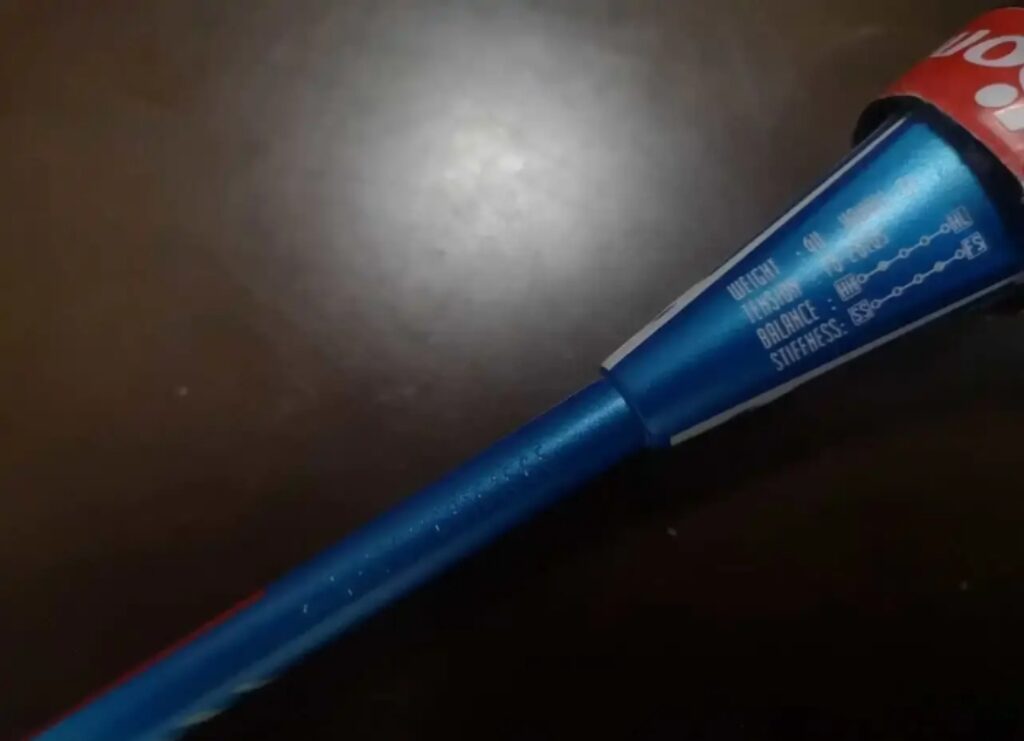
The weight distribution is pleasant. With a 4U specification, it has some head weight, which feels comfortable. Although adding grip tape alters the balance significantly, I could still feel a bit of head heaviness that provides a good leverage sensation without making it difficult for beginners to swing.
The frame design lacks special technologies, and the box frame itself is a very mature choice, providing a large sweet spot and decent torsional stability. I didn’t experience any discomfort while adapting to it. The T160 is a racket that anyone can handle. When hitting high clears, the shaft deforms easily, and its elasticity is good, making it effortless to send the shuttle to the back line. It’s clear who this racket is aimed at; beginners can use it easily, and even more advanced players can enjoy it during casual play.
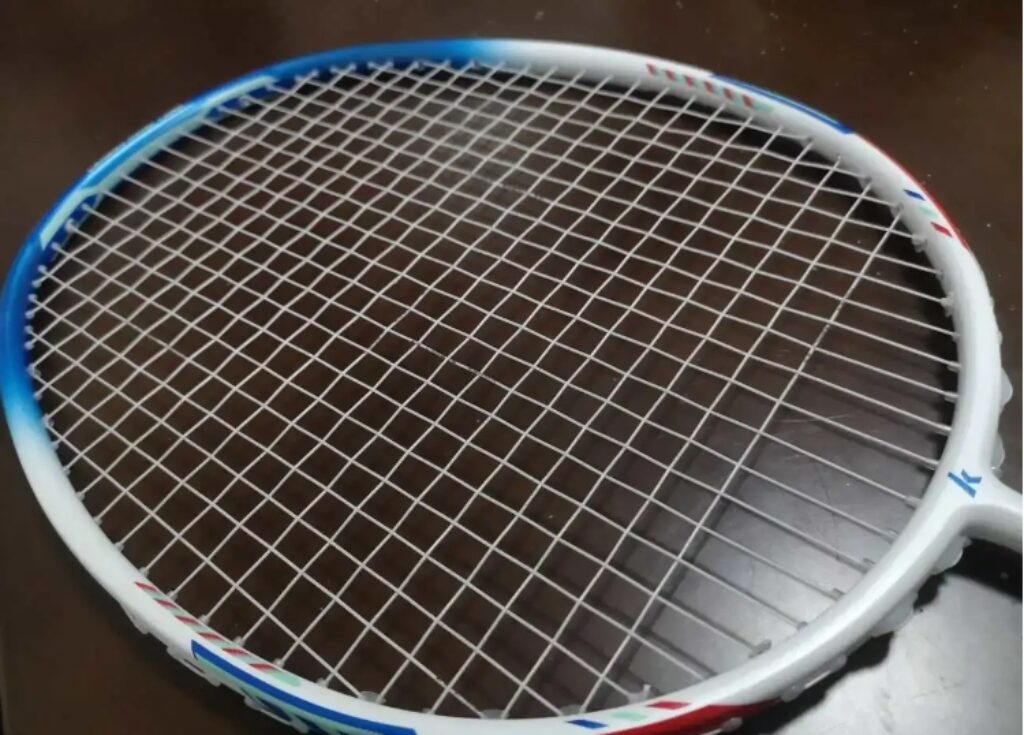
Recently, among lower-end rackets, the Bo Li Nebula provided a surprisingly high-level offensive experience, and this one does too. Judging a racket’s offensive capabilities solely by its shaft stiffness can be misleading. With the T160, it’s easy to feel its softer nature helps generate power, yet it still showcases decent explosiveness during smashes—shots are quick and fast. Although its weight is lighter due to being 4U, this entry-level racket combines continuity and initial speed to deliver high output in fast-paced exchanges. With strategic shot placement, it can certainly lead to victory.
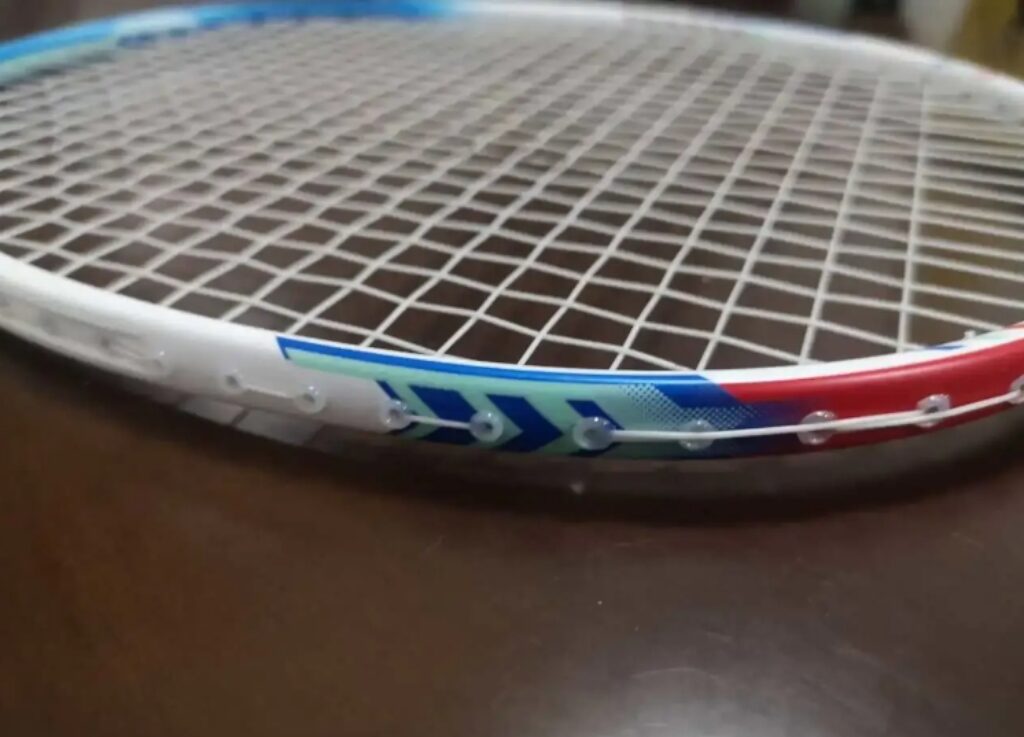
Remarkably, the shaft’s recovery speed is better than many products in the same category, making it less prone to mishits during flat exchanges. Even without demonstrating exceptional cross-category performance, it can easily handle most situations faced by amateur players.
This racket is my first true experience with Kawasaki’s technical capabilities, largely due to its overall tuning, which surprised me. It doesn’t feel like a racket made with just 24T for the frame and 30T for the shaft. In my view, it reaches the level of mid-range “sugar water” rackets like the TK15, which features a 6.8mm flash shaft constructed from M40J. This gives a sense of overcoming expectations. Throughout my testing, the T160 didn’t display any of the typical weaknesses associated with low-end rackets, which is why I repeatedly sought confirmation from the retailer about its pricing and positioning—it was truly unexpected.
